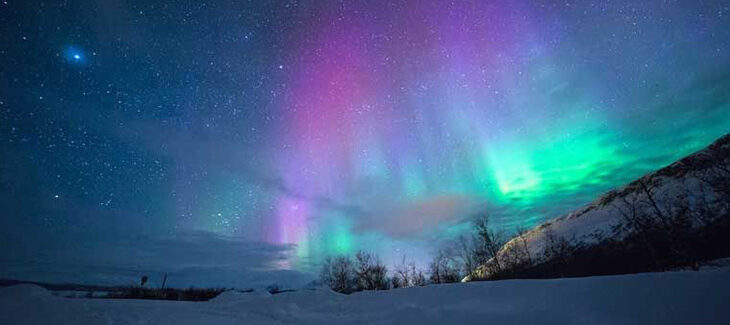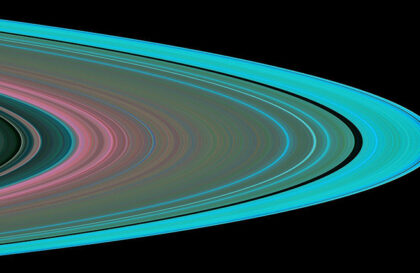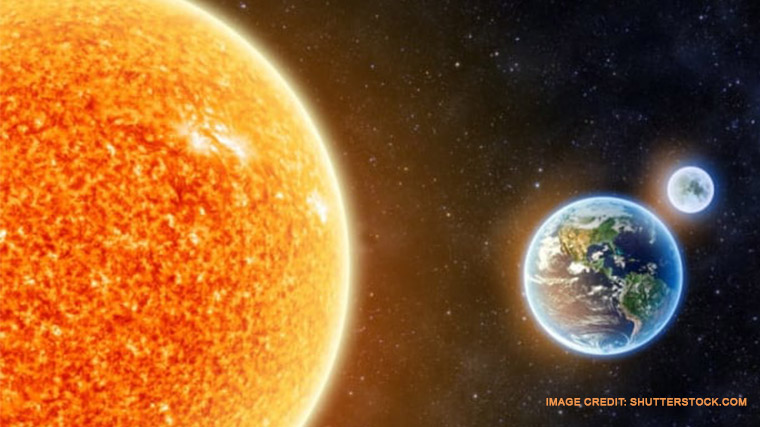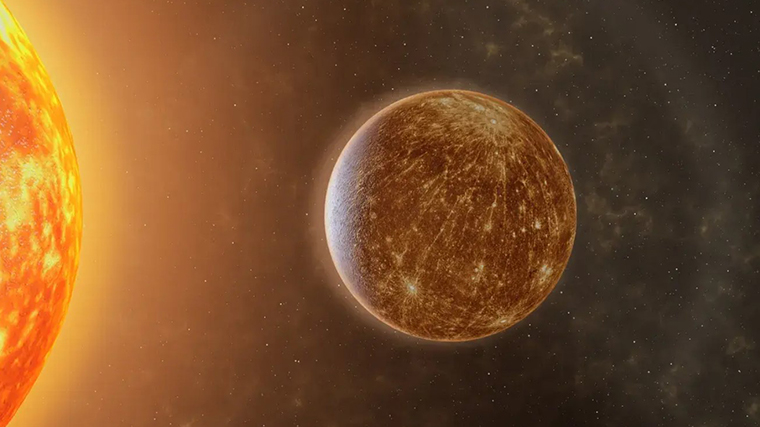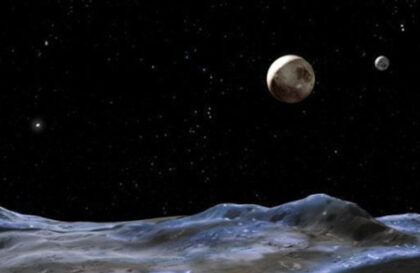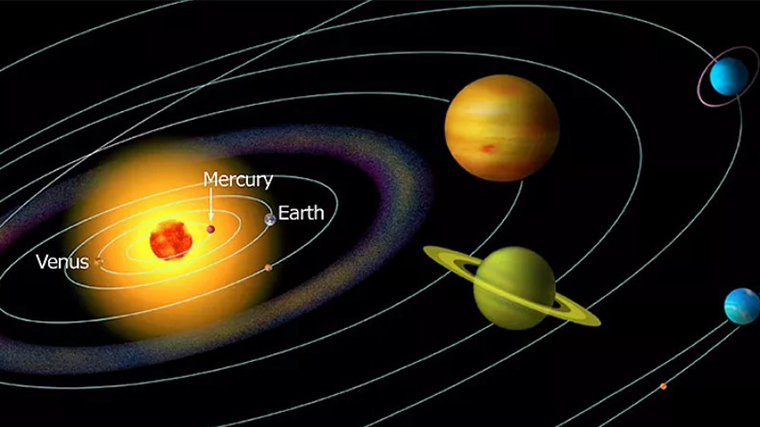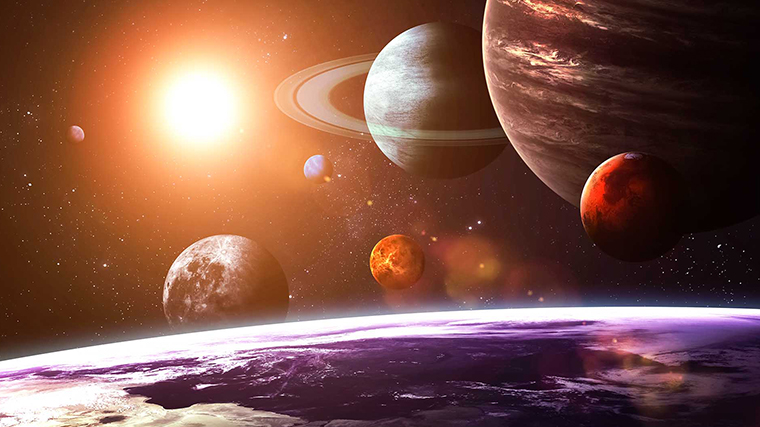On the morning of April 15, 2023, residents of Alaska (USA), located near the city of Delta Junction, had the opportunity to witness an extraordinary and incredible natural phenomenon. During the aurora borealis, when the night sky above those wide spaces glowed with colorful lights, a fantastic landscape opened up above the heads of the inhabitants. A mysterious spiral appeared from the sky, blooming in all colors, from dull purple to blue. This spiral resembled a galaxy in its shape and brightness. Despite its mystery, scientists have denied the possibility of supernatural appearances of other civilizations or phenomena outside our natural world.
According to the usual scientific explanation, the origin of this fantastic spiral had a more superficial nature. About three hours before the appearance of the spiral in the sky of Alaska, at the opposite end of the USA, in the state of California, the Falcon 9 launch vehicle was launched, which this time brought 51 satellites into Earth orbit. After completing this mission, the Falcon 9 rocket descended into the Earth’s atmosphere, flying over Alaska.
A SpaceX Falcon 9 rocket touches down. Credit: SpaceX
During this descent, the rocket’s second-stage engines emitted residual fuel and water vapor. They encountered extremely low atmospheric temperatures, which caused them to freeze and turn into microscopic crystals. These crystals reflected the light, creating a magical visual effect of a spiral that appeared to be a galaxy in the Alaskan sky. This light phenomenon and the Aurora Borealis beautifully decorated the night sky, leaving residents in awe of the incredible natural beauty.
Aurora borealis is an optical phenomenon that illuminates the night sky in the polar regions and impresses with its rapid change of shapes and colors. This phenomenon occurs at an altitude of 60 to 100 kilometers in the upper layers of the atmosphere under the influence of flows of charged particles that are directed by the planet’s magnetic field to the poles.
On the surface of the Earth, auroras can be observed at a distance of 20 to 35 degrees from the magnetic poles simultaneously at all longitudes, but their intensity can vary. These glows vary in shape and can be a diffuse glow with arches, rays, ribbons, crowns, and spots. The duration of the aurora can range from a few minutes to several days and depends on various factors, such as solar activity, time of year, magnetic activity, and a certain 27-day period.
This phenomenon occurs due to the interaction of charged particles of the solar wind, such as protons and electrons, with the Earth’s atmosphere. At the same time, the particles are guided by the Earth’s magnetic field to the north or south magnetic pole, where they enter the upper layers of the atmosphere and collide with atoms or molecules of atmospheric gases, exciting them and causing them to emit visible light. The primary colors of the aurora borealis are green and red, and they arise from the emission of atomic oxygen and molecular nitrogen.
Much of the energy is emitted in the ultraviolet range, but this radiation is absorbed by the Earth’s atmosphere and, therefore, cannot be observed from the planet’s surface. The aurora borealis can occasionally be seen at lower latitudes than usual, and this can be caused by magnetic storms caused by coronal mass ejections from the Sun. These storms can lead to disturbances in the Earth’s magnetic field, which in turn cause auroras to appear even at low latitudes, as happened in early March 2023 when the aurora was seen in southern Great Britain.
Credit: Blogger
Infrared auroras are completely invisible to the eye and occur due to the interaction of charged particles with carbon dioxide molecules in the Earth’s atmosphere.
The Earth’s atmosphere is similar to a puff pastry, where the lowest, densest layer is closest to the planet’s surface. This layer, known as the troposphere, is where the processes that shape the weather occur and is located up to several kilometers above the surface. However, the atmosphere has other layers that are located higher, and one of the highest of them is the thermosphere and the ionosphere, which overlap each other.
The thermosphere and ionosphere are located 80 to 700 kilometers above the Earth’s surface. This is where the conventional Kármán line, which defines the edge of space, also passes and is about 100 kilometers above the surface.
Auroras occur at an altitude of 100 to 250 kilometers.
Banner image: Climate risks & opportunities
Image credit:
https://www.southpole.com
https://www.space.com
https://theearlypages.blogspot.com
